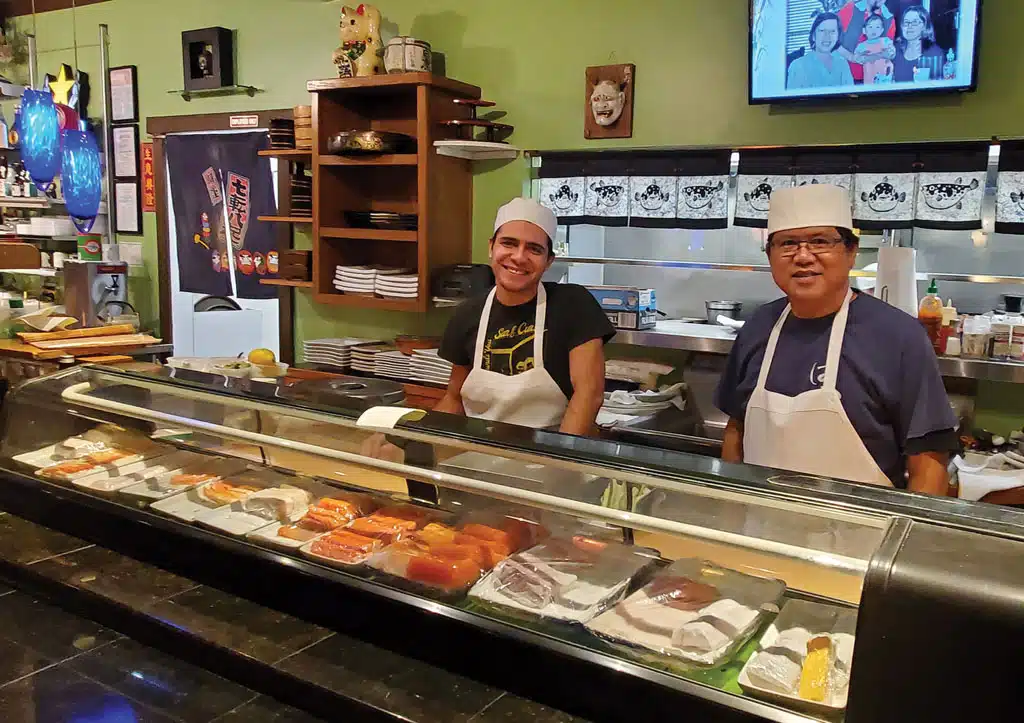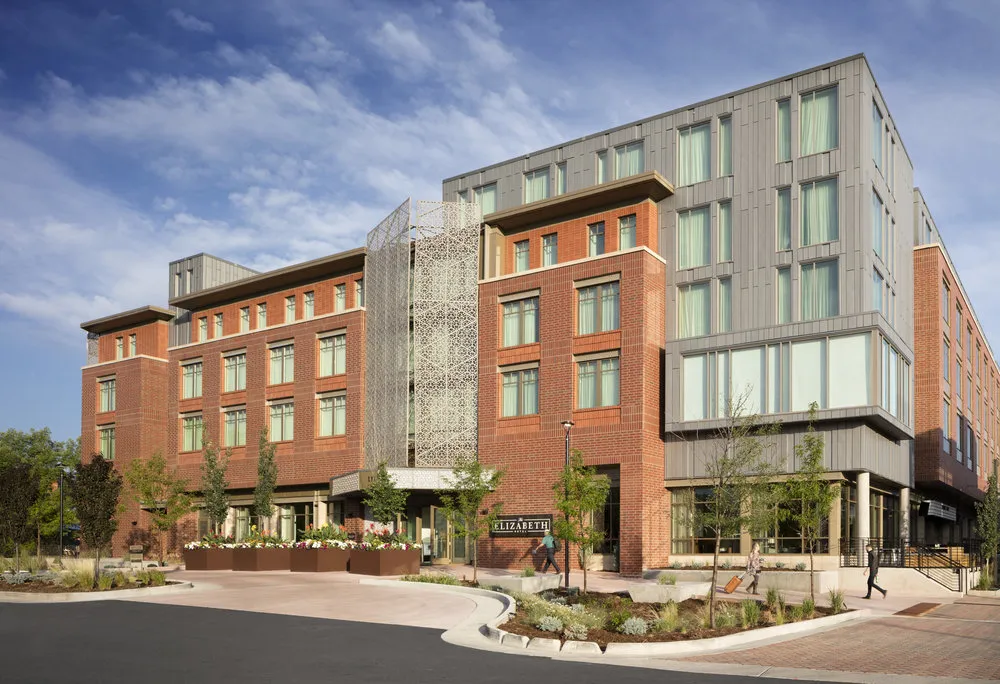Restaurants see hope on 2023’s menu

The doomsday prophets got it wrong.
Just days after the COVID-19 pandemic forced restaurants across the nation to shut down indoor dining in March 2020, chef and industry activist Tom Colicchio predicted that 75% of U.S. restaurants would close for good. Even though he later revised his estimate to 40% to 50%, the Independent Restaurant Coalition went further, forecasting that as many as 85% of independent restaurants might go out of business.
The easing of health-related restrictions in late 2021 and 2022 were followed by staffing shortages, supply-chain slowdowns and spiraling inflation.
Closures still are happening, either attributable to that combination of adversities…
THIS ARTICLE IS FOR SUBSCRIBERS ONLY
Continue reading for less than $3 per week!
Get a month of award-winning local business news, trends and insights
Access award-winning content today!





